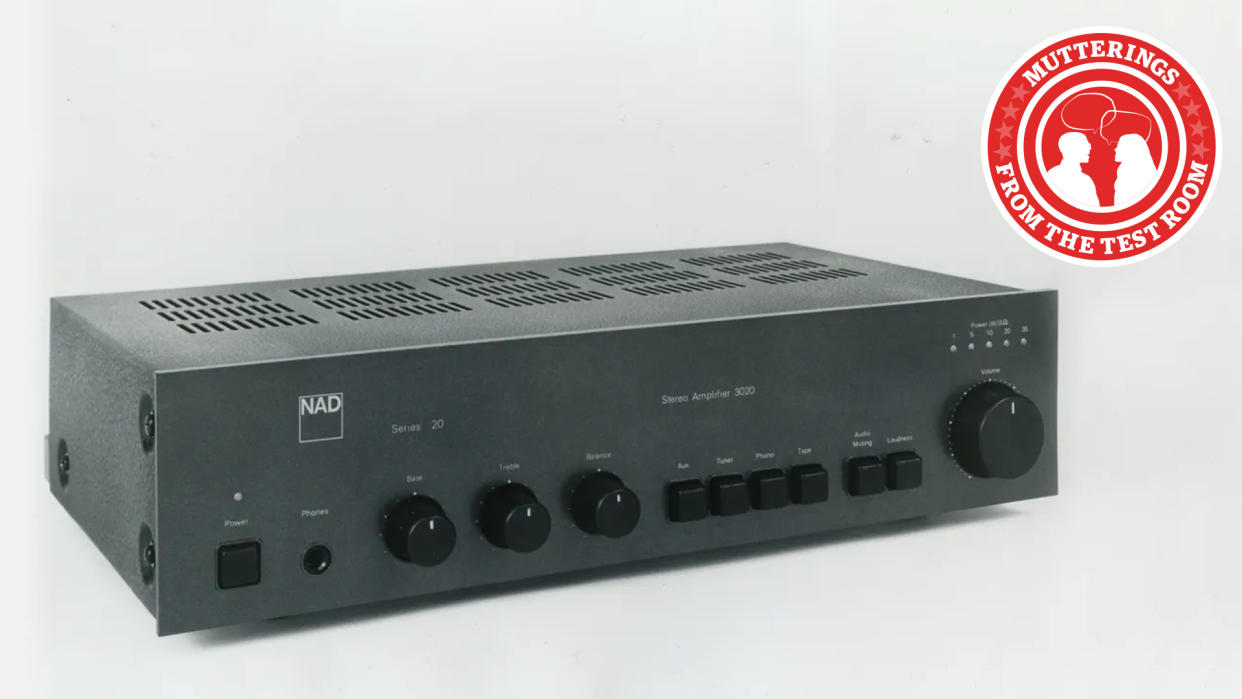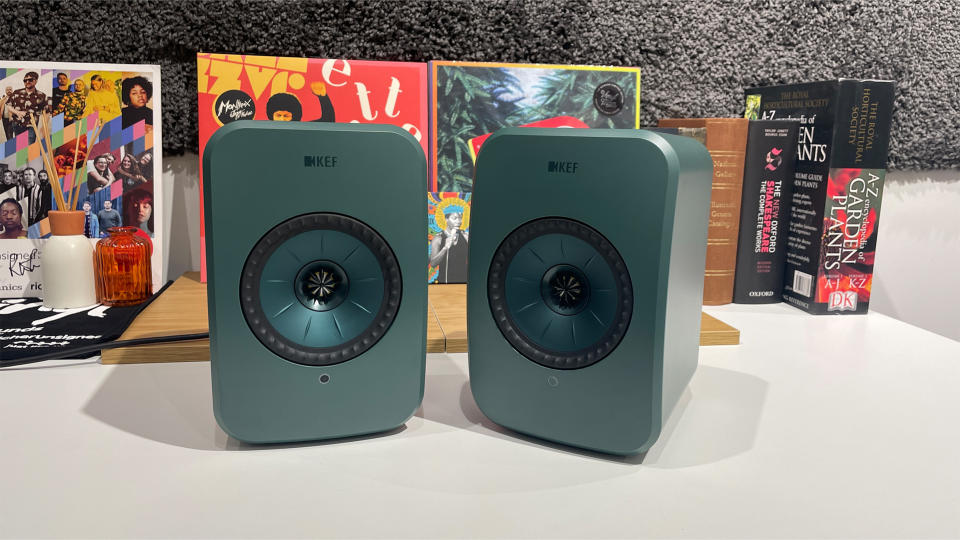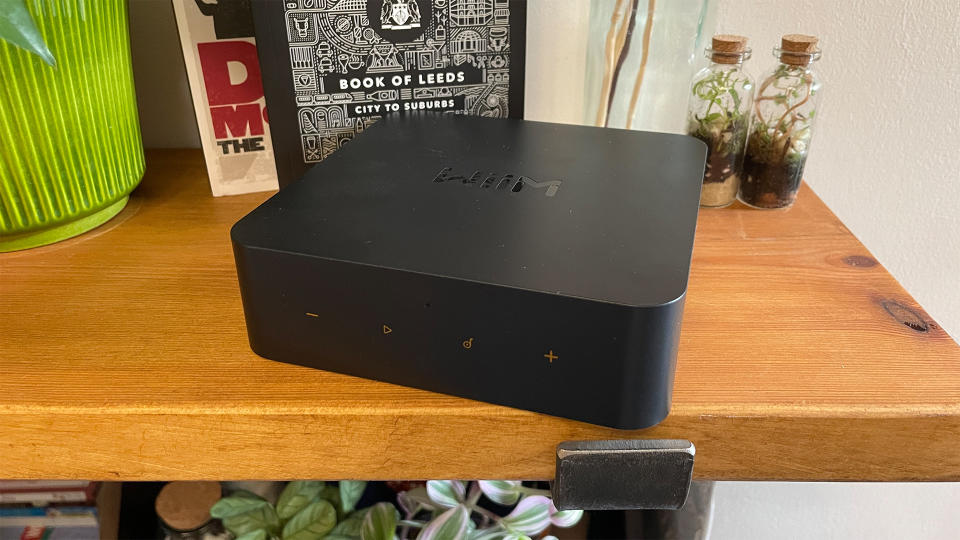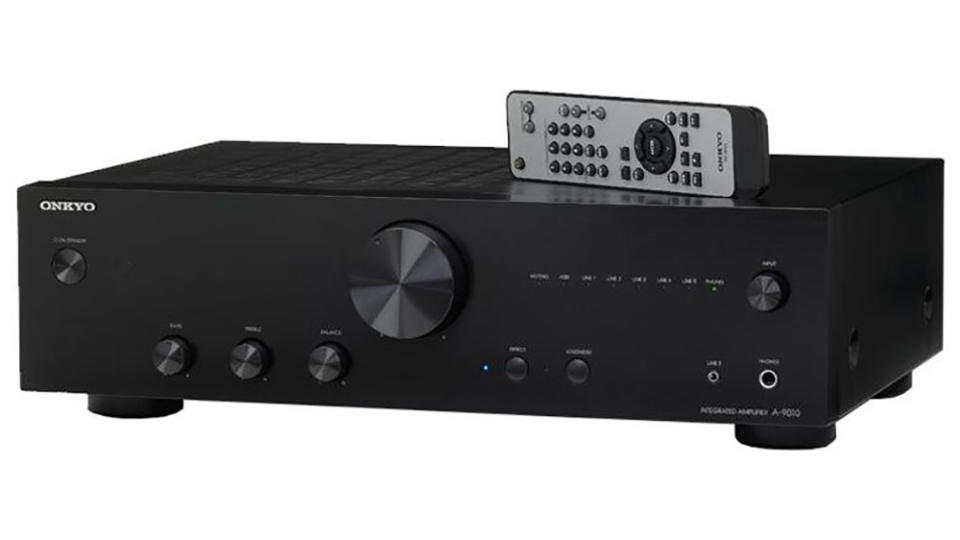Whatever happened to the budget stereo amplifier market?

There used to be a thing called a 'starter hi-fi system'. It was the first rung on the separates hi-fi ladder – a clear level above any of the micro, mini or all-in-one packaged tower systems that were available in shops at the time.
From the 1970s to the early 2000s, such systems were the bread and butter of the hi-fi industry. Not only did their affordability encourage more people into this hobby we so love, but they also established a foundation – a starting point, if you like – from which people could continue to climb the upgrade ladder in search of their version of hi-fi nirvana.
There is an argument that excellent all-in-one speaker systems such as the KEF LSX II and LSX II LT, Triangle AIO Twin and Elac Debut Connex DCB41 have replaced such budget systems. It is fair to say that such products deliver excellent performance in wonderfully compact packages, and in many ways represent the best (and neatest) way to deliver affordable stereo hi-fi sound in the modern age.

Ultimately, these kinds of products may well lead to the demise of traditional budget separates systems due to their innate practicality and terrific performance potential; but I don’t think we are there yet. Right now, I suspect a greater danger to the hi-fi status quo is the paucity of great-sounding budget amplification.
Let me be clear that by 'budget' I mean under £300/$300/AU$600. Spend that amount on each major component in the system and an extra, say, 10 per cent of that cost to acquire quality cables (yes, they do matter) and you have the 'classic' hi-fi starter set-up that just about steps over the four-figure threshold. This kind of system has been the staple introduction into the world of hi-fi for decades.
In years gone by, there was so much choice of this level of product. You could pick any of a dozen options for each part of the chain and still end up with great-sounding results. The story is very different today. The rising costs of manufacturing caused by the prices of everything going up (raw materials, energy and transportation) means that our choice of affordable products of all genres is significantly more limited than before.
But it isn’t all bad news. There remain great options, even in these belt-tightening times. If you are after a CD player, Marantz’s CD6007 sits just under the 'budget' ceiling, as does Cambridge Audio’s AXC35. WiiM’s Pro Plus music streamer is something of a steal at £220/$220/AU$329. Stretch your budget a bit further to the Cambridge Audio MXN10 (£449/$499/AU$899) and you get much of the brand's legendary CXN (V2) performance at a cut-down price.

Love records? In that case, you are still spoiled for choice with the Rega Planar 1, Pro-Ject Essential and Audio Technica AT-LP5x all performing superbly for their modest budget asking prices. The story is equally positive on the stereo speaker side of things, with various talented performers from Wharfedale, Q Acoustics, Mission and Dali, to name just a few, featuring in our budget hi-fi speaker buying guide.
The problem is in the middle of the system; where are the great budget amplifiers?
Look at What Hi-Fi?’s Award winners and you have to go back to 2017 to find an amplifier Best Buy winner that costs less than £300. That was the talented Onkyo A-9010, which retailed for £200/$300/AU$550 when we first tested it a few years ago. It isn’t that we haven’t tried hard to find something to recommend. A quick Google search for ‘Budget stereo amplifiers below £300' here in the UK will turn up several products from established brands such as NAD, Cambridge Audio and Sony. But they tend to be older models, and the ones I've heard always tend to remind me of their modest price rather than persuade me that they can sound good.

Times are hard for manufacturers and dealers alike. The profit generated on a budget amplifier is tiny, and quickly wiped out if the dealer has to spend time demonstrating the product or if there is a problem. But without a wider choice of great-sounding budget amplifiers, there is much less chance of people buying their first proper hi-fi separates setup.
If fewer people start on the hi-fi ladder, there will be a knock-on reduction in the sales of more premium products in the future, as the upgrade path doesn't get walked on. That is a sobering thought when you consider what that means for the hi-fi audio industry as a whole.
I spend quite a lot of time looking through the What Hi-Fi? magazine archive that is stored lovingly in our test rooms. Almost 50 years of the magazine packed with group tests and great products is there in neatly organised binders. I came across an issue from the 1980s recently and looked through its substantial Buying Guide at the list of recommended affordable amplifiers. It featured the likes of the Arcam Alpha, Creek CA4040, Denon PMA250, Mission Cyrus One, Musical Fidelity A1, Naim Nait, NAD 3020 and Rotel RA820B, to name just a handful or so.
I would love to think that the industry still has the will to produce a new budget amplifier with the sonic talent to sit beside some of these greats. Sadly, I'm not sure it does.
MORE:
The best stereo amplifiers of What Hi-Fi?'s lifetime
Check out the best stereo amplifiers across all budgets

